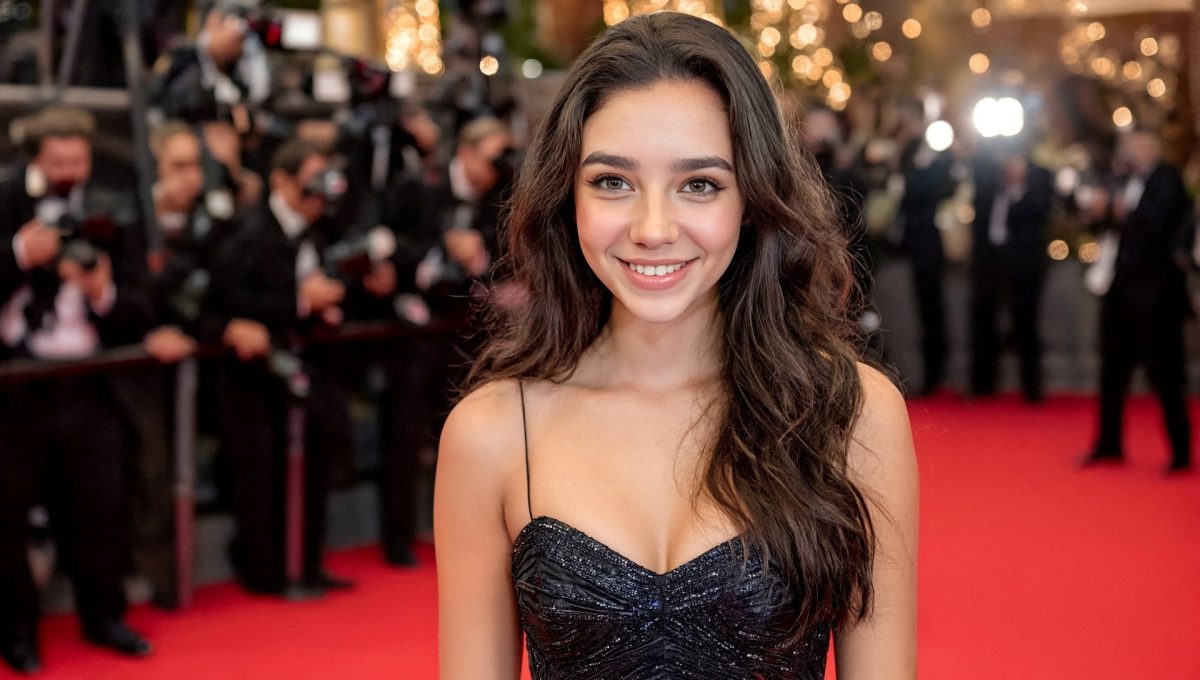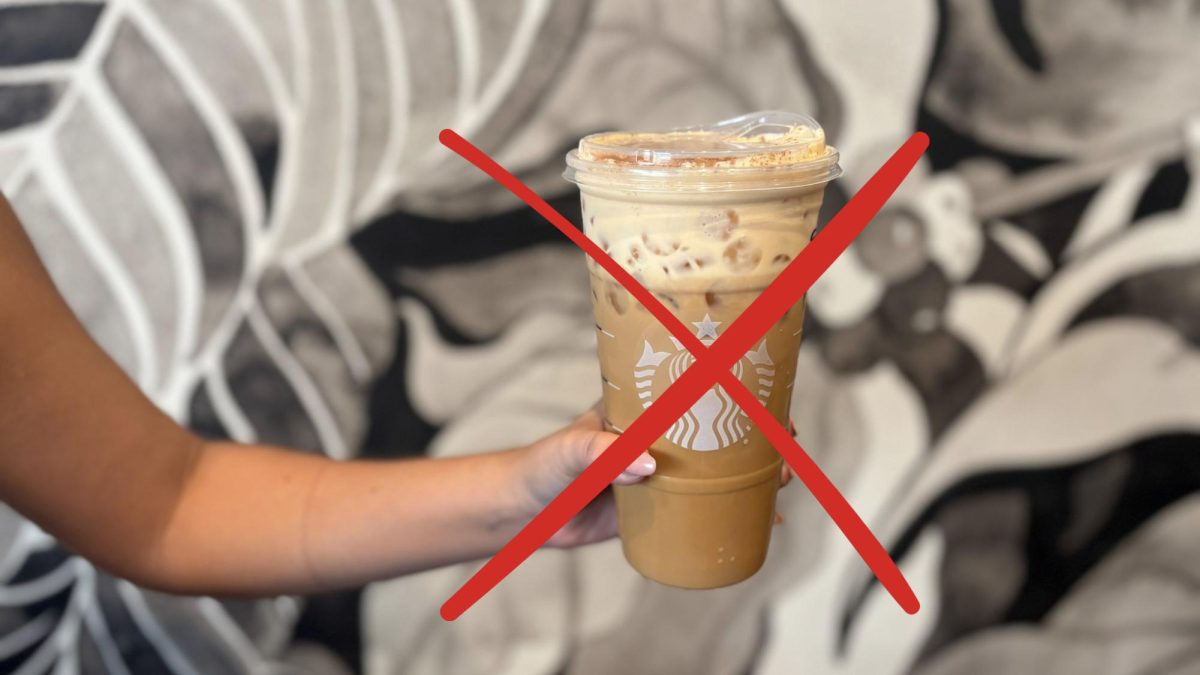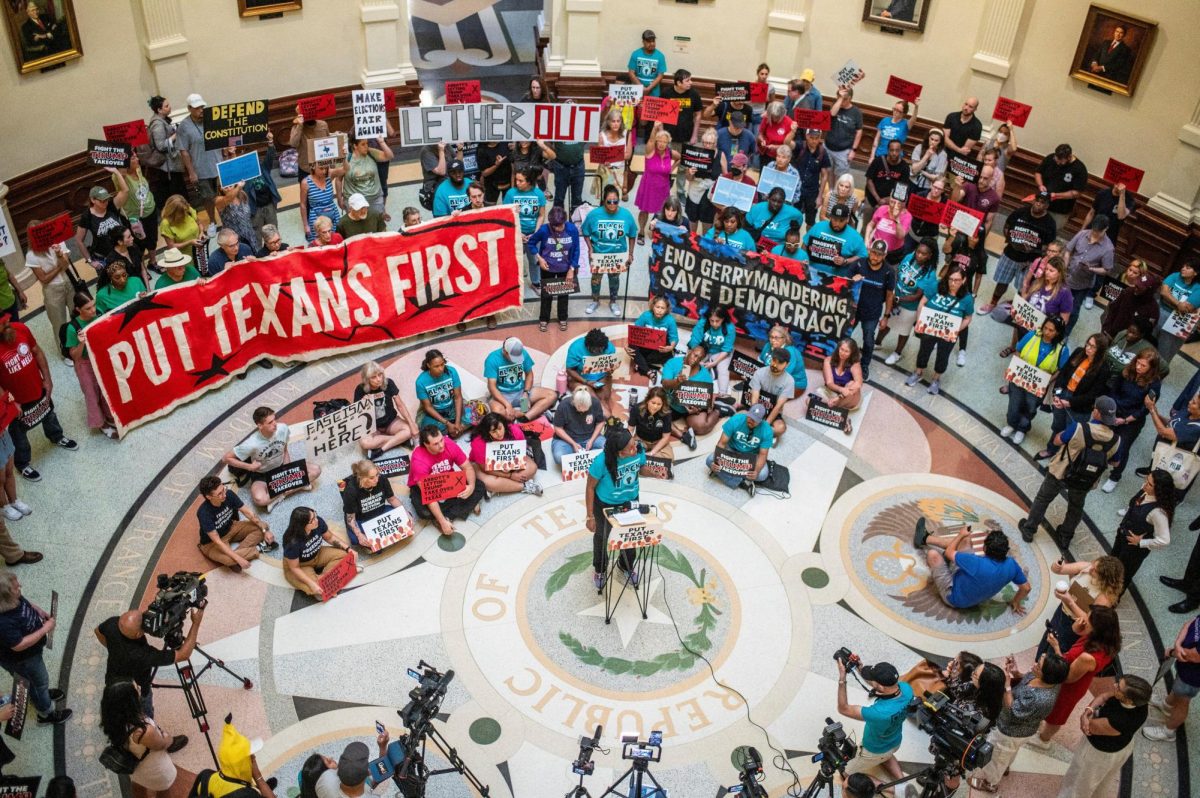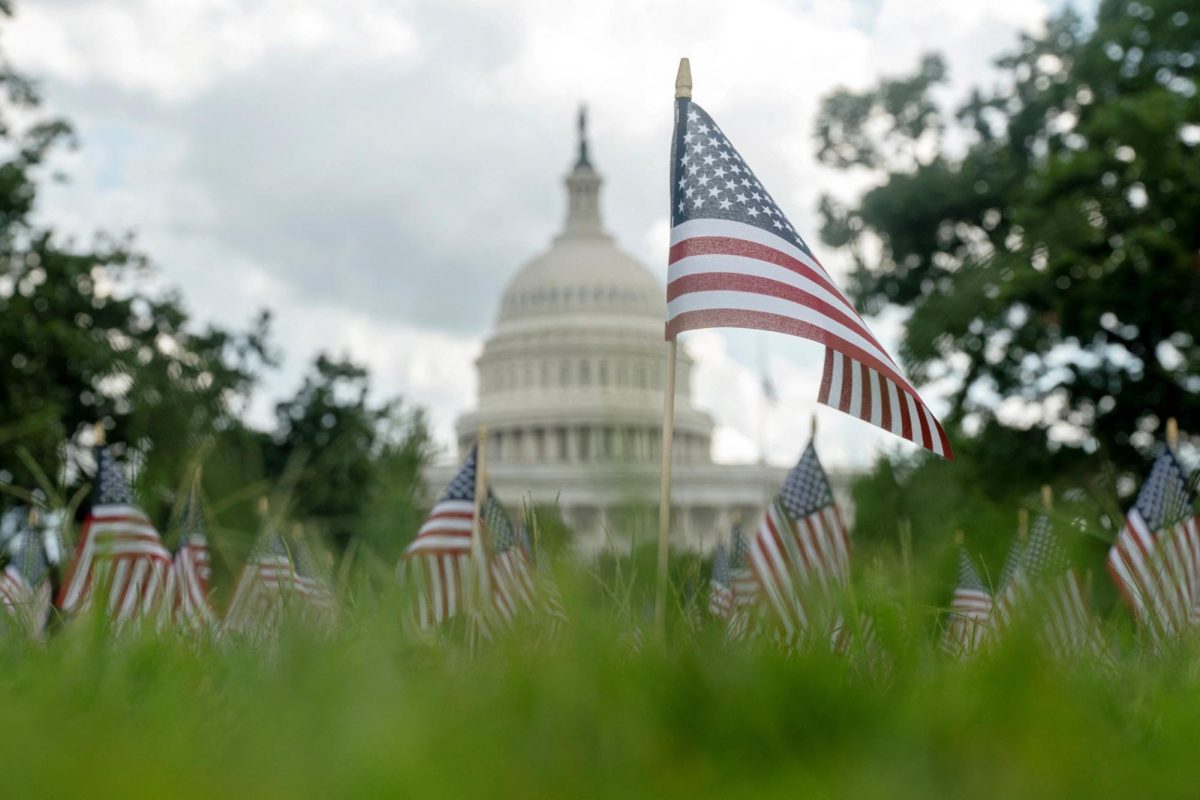Romance tropes are making readers repulsive
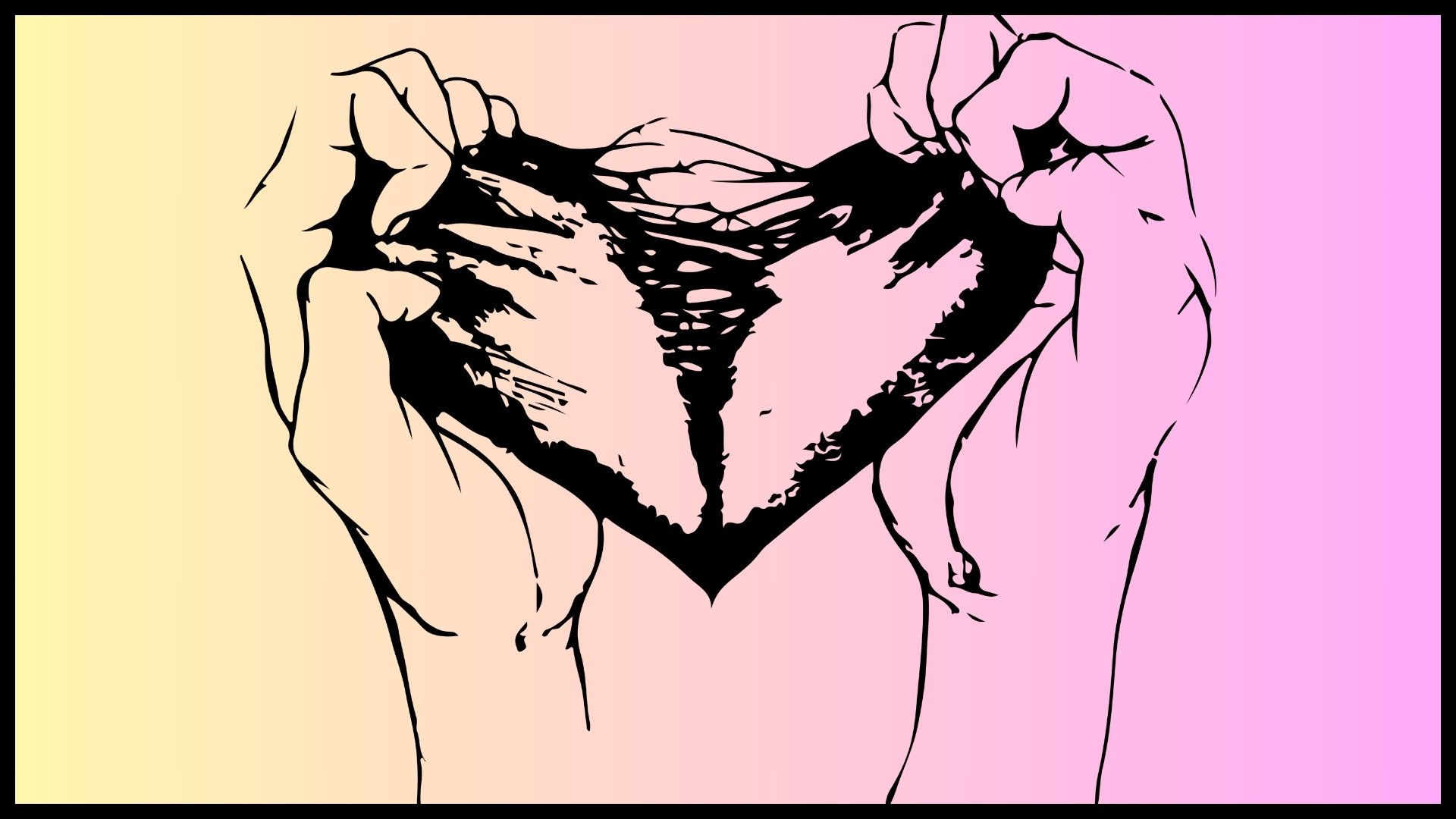
When we think of books to read, three genres come to mind: Literary, Fantasy, and Romance.
Romance: The Oxford language definition is, “a feeling of excitement and mystery associated with love.”
No matter who we are, who we like, or what our eventual end goals are, at some point in our lives most of us picture ourselves with a significant other. This is tracked back to the ancient times were the Egyptians, Greeks, and Romans made gods for death, life, the sun, the moon, and the idea of love.
So, it’s no stranger that when humans started writing and creating books, romance would soon become one of the best-selling genres, covering the third of the fiction market. In the modern day, the romance genre is a $1.44 billion industry. You are probably familiar with a couple romantic tropes in media: forbidden romance, cheating, the love triangle, and love at first sight.
While these tropes are fairly mild, websites such as Wattpad and Ao3 may have exacerbated the situation. Wattpad and Ao3 are fanfiction websites connecting people who like to write and read fanfiction. On the sites, people add tags to fanfiction to allow readers to quickly understand the plot of the book and overall fiction. In part due to COVID-19, people were on Wattpad more, which led to more tags on the site. In doing so, it normalized the overused tropes in fanfiction!
The fanfiction stories in question used many types of tropes such as a love at first sight and forbidden romance. However, when some Wattpad users infiltrated the “BookTok” space on TikTok, they changed the “BookTok” algorithm to favor spicy novels not suited for the general audience. And now, genuine romance has been degraded and overrun by spicy novels.
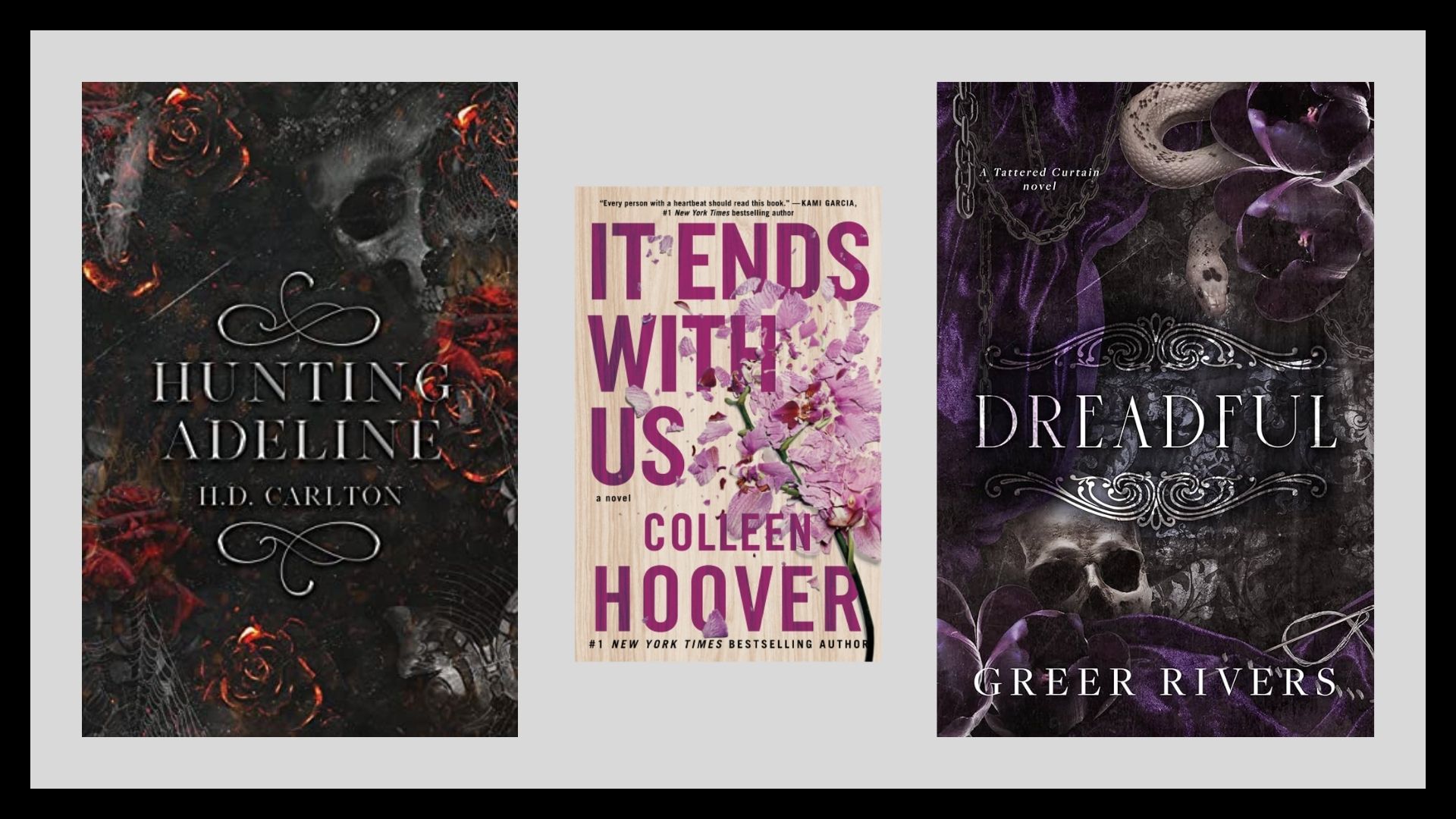
Dark Romance is supposed to be a normal romance only with a darker twist. The female main character is expected to be a normal girl, and her love interest is expected to be a mafia boss, an assassin, or a dark sorcerer, – if you are feeling fantasy.
Overall, one person in the couple is always in power, which is where the trouble begins. Authors like H.D. Carlton, Colleen Hoover, Greer Rivers, and the duo writers, Parker S. Huntington and L.J. Shen are turning this genre into a parody and a disturbing image of itself.
H.D. Carlton wrote the TikTok popular book, “Hunting Adeline,” which contains the male main character named Zade, who is a large mafia-like businessman who kidnaps, stalks, and abuses Adeline, the main female character. Not only is this plotline romanticized, but it also normalizes abuse.
This normalization of abuse is also prominent in other types of books such as “It Ends with Us” by Colleen Hoover. The book portrays the main female character Lily with her abusive boyfriend Ryle as Lily goes through her every day trying to make excuses for the physical abuse Ryle is doing to her.
While Lily eventually ends the relationship which stops the abuse, the book fails to portray the seriousness and lasting effects of domestic abuse, making it seem normal to impressionable young readers who have never been in a serious relationship.
This romanticization of abuse is harmful as many people experience physical and emotional abuse every day; yet, these books are saying ‘it’s romantic’ when in fact it’s dangerous.
In the article “Dark Romance is Problematic” staff writer Jayeesha Deb says this on the questioning dismissal of the topic with the “Hunting Adeline” book as a prime example.
Deb writes, “So, should we as a society continue to accept dark romance? Should these novels be considered romance at all? Based on the content and glorification of trauma, it evades the main aspects of romance and instead includes page after page of the most questionable topics possible. For instance, a popular novel called Haunting Adeline has readers fawning over Zade Meadows, even though he stalks and sexually assaults Adeline multiple times.”
Deb also discusses the media’s dismissal of the topic and the media calls it a ‘trend.’
Deb continues, “These novels uplift and romanticize heavy themes, failing to recognize their true weight and bending impressionable minds to the idea that they are acceptable. Dark romance novels will continue to be written, but it’s necessary to recognize the contentious message they send and stop treating it as a “craze” or a “trend” to be followed.”
The overuse of tropes makes it easier for horrible authors who glorify and fetishize abuse, with poor writing and characters, to get into the world of books. If you go to Barnes and Noble, a lot of the books in the romance section are more about unhealthy and abusive relationships than true romance.
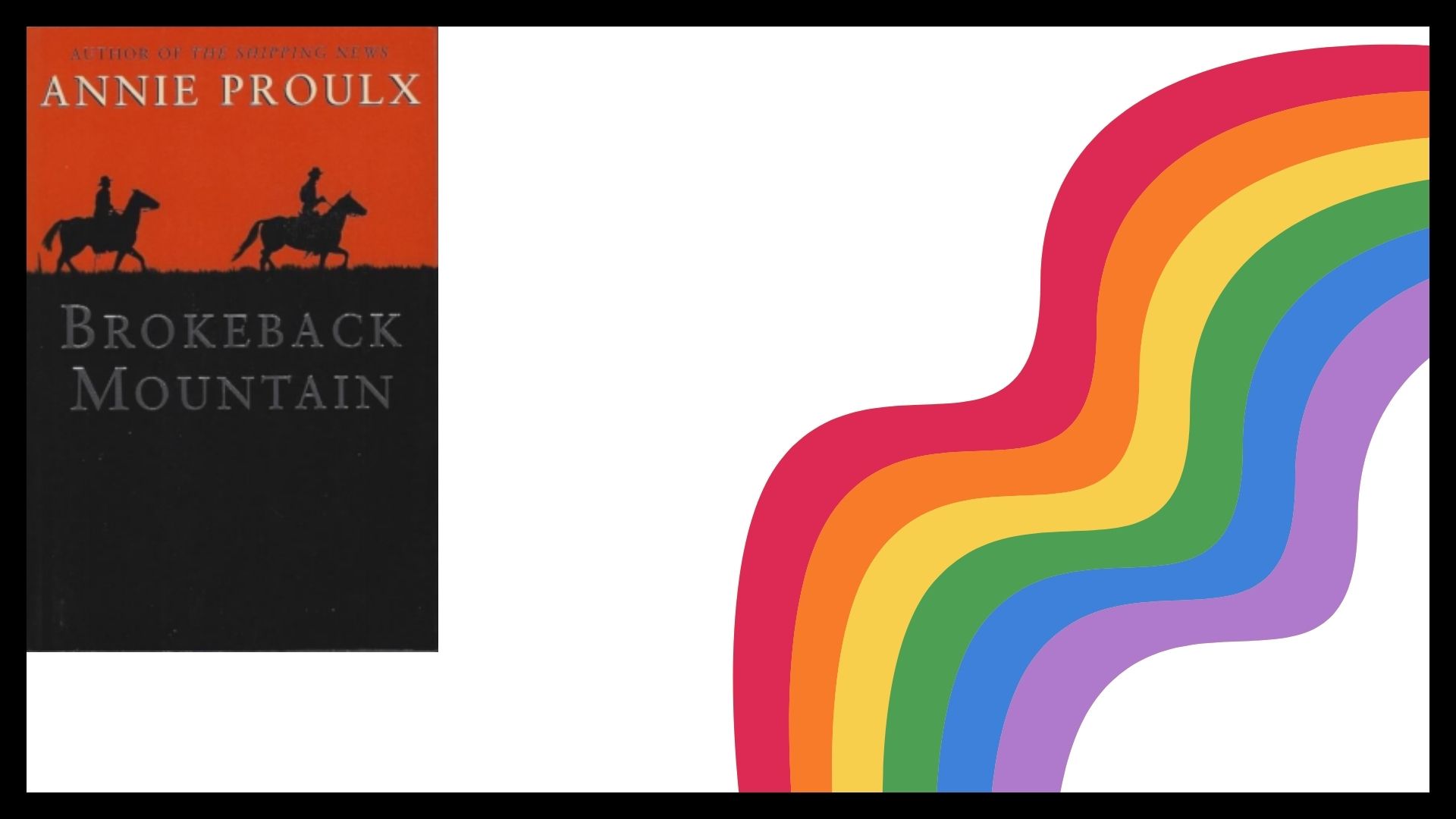
Many popular books have had gay or trans characters. But while this sounds like a step in the right direction, this genre has fallen victim to commercialization.
According to queer author Milinda Lo, about half typically, the way that queer stories are shown are gay men’s stories in a pie chart made by Milinda Lo, 50% of all LGBTQ+ YA (Young Adult), books are about gay male relationships. This is most likely due to the number of people who read YA novels, which is a women.
The problem isn’t that LGBTQ+ stories are being told, it’s that they are being told incorrectly and inauthentically. Many of these books are not written by members of the LGBTQ+ community. LGBTQ+ stories should be telling authentic queer stories rather than ideas from people not in the community.
And while good representation can happen from outside of the community, what is more likely is the harmful showing of relationships to appeal to a straight audience. In the article, “Fetishization of the Queer Community,” author Ash Marquis talks about how this fetishization is shown.
“One man will be taller, broad-shouldered, muscular experienced, and often dark-haired and the other will be shorter, less experienced, often light-haired, and will sometimes even be given traditionally feminine body characteristics like long hair and wider hips and thighs,” wrote Marquis.
These are harmful stereotypes. While some relationships might fit this stereotype, making every single relationship the same, and making sexualities a trope is deeply hurtful to an already marginalized community. It’s very straight-washed.
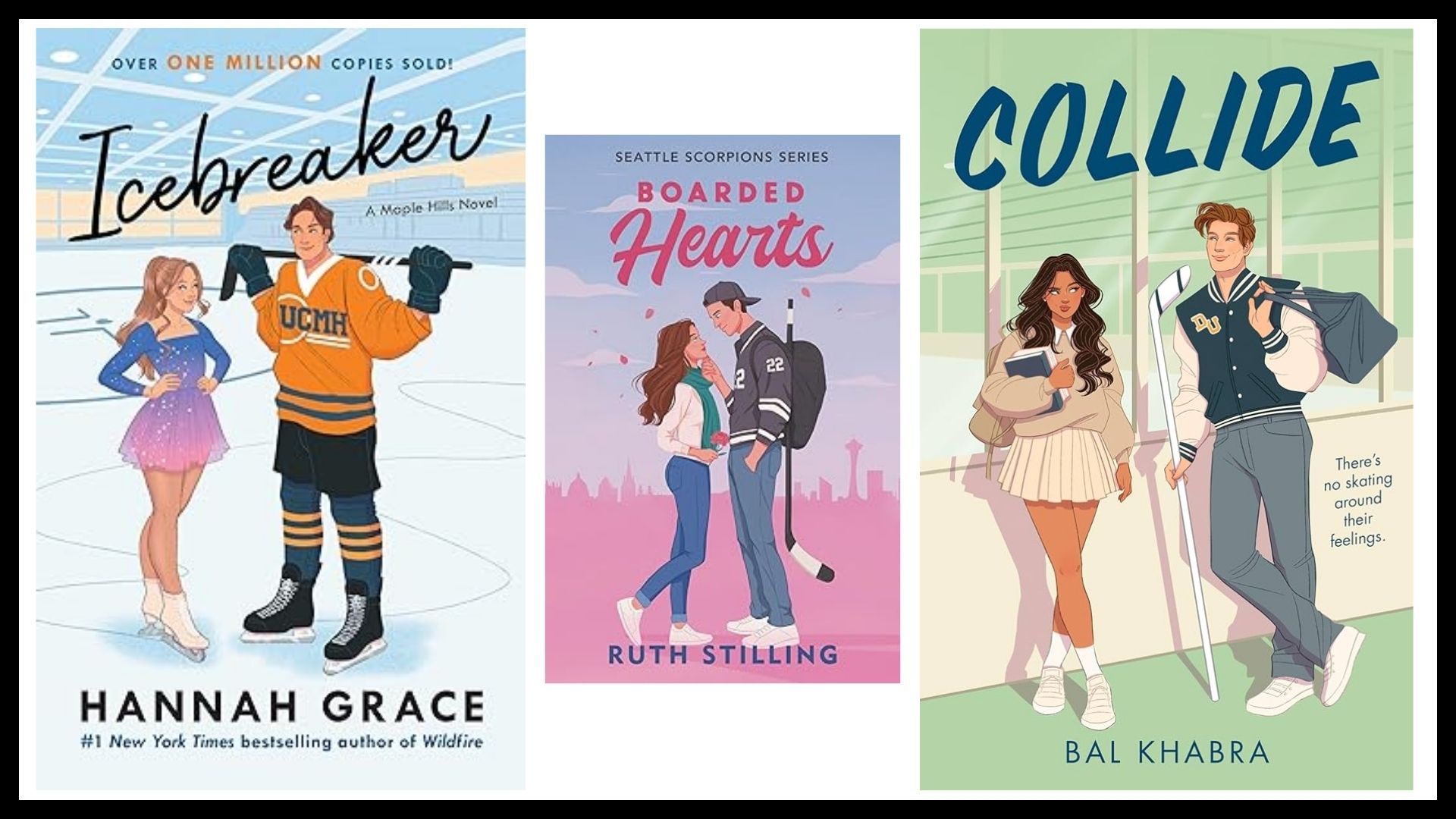
“Don’t judge a book by its cover,” yet some readers disagree. If a book has a colorful cover, many people would be more inclined to read it.
Book covers can come in many forms, yet most likely you’ll see the title of the book in large words and something in the background. At the start of 2020, most of the romance book covers included illustrated characters rather than photographs of people.
These covers are ultimately fine as the cartoony art style is done professionally. However, that gives the book a very child-friendly feel while the context within the book is definitely not. The most popular examples of these books are “Icebreaker” by Hannah Grace and “Collide” by Bal Khaba.
Both of these books follow a simple premise with both of the male main characters being hokey players. Grace’s female character is an ice skater and Bal Khaba’s female character is studying to be a sports psychologist.
In both novels, the couples follow the same trope: first meeting, being rivals, then friends, then eventually lovers. However, the lovers part of the book consists of explicit material every two chapters.
Publishers utilize cartoon covers to make spicy romance novels seem more socially acceptable to the general public, whereas before smut covers had shirtless men or barely-clothed characters. The problem is that these covers don’t accurately depict the novel’s content, which can be misleading for younger readers.
The young audience isn’t going to understand that what they’re reading is sexualized or fetishized content. According to COSMO Technologies, in the article “9 Ways Adult Content Can Damage a Child’s Mind” this can be harmful for children.
According to the article, “When children are exposed to inappropriate content, it can skew their understanding of healthy relationships and intimacy. This can present an unrealistic and unhealthy view of how individuals interact, causing misconceptions and skewed expectations in young minds. This misrepresentation can hinder their ability to form genuine, respectful connections and understand the value of emotional intimacy, compassion, and the overall nature of healthy relationships.”
This type of confusing healthy and nonhealthy relationship doesn’t just go into their significance in others’ relationships but also their siblings and parent’s relationships as well. Whether that, the relationships that they’ll most likely, be stuck forever with, are crucial to a child’s development and growing up.
These book covers are purposely or subconsciously marketed to a young, child-like audience. This is a problem as young children are unaware and aren’t ready for more mature matters.
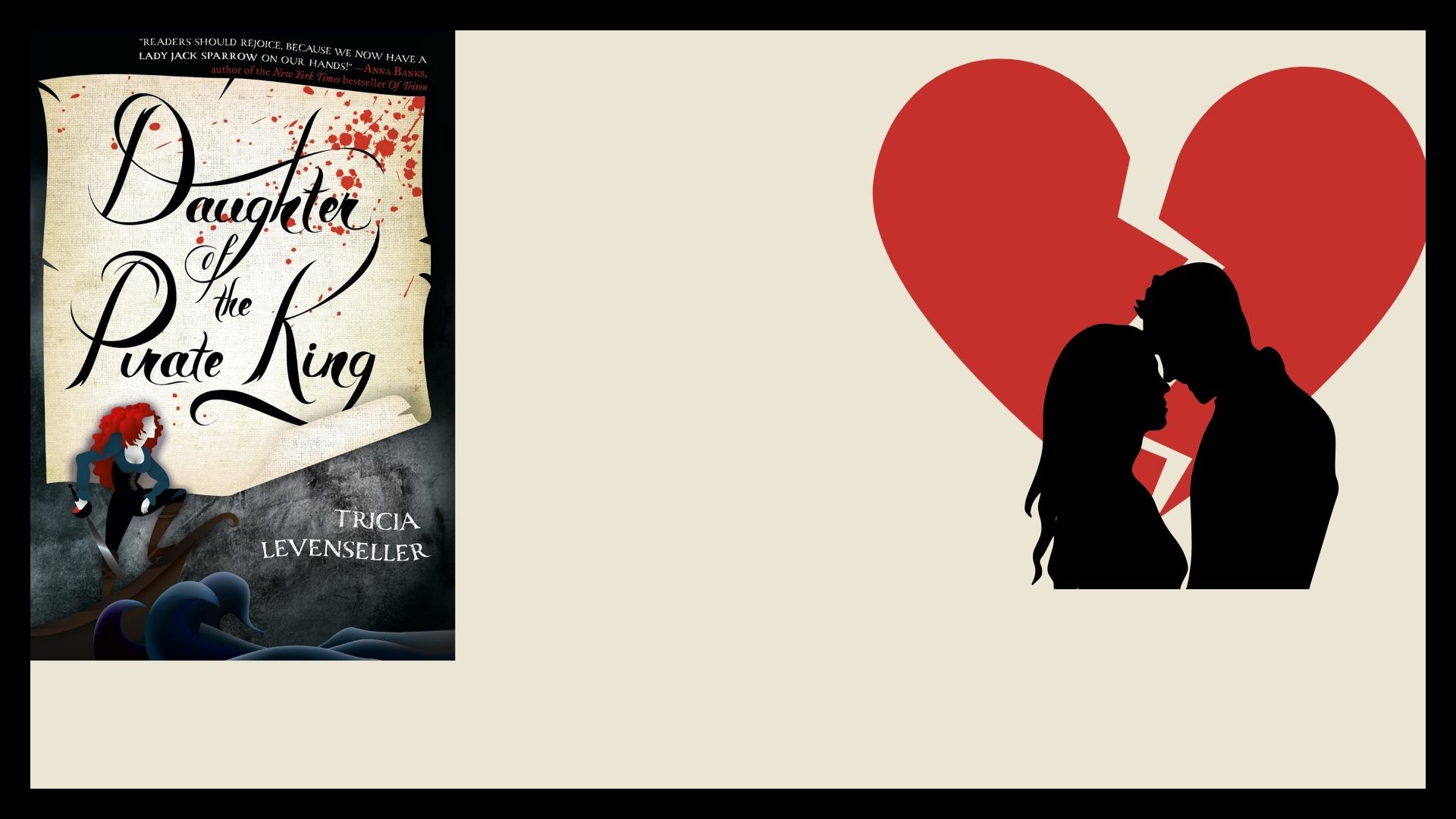
Unless one is trying to read a book with a lot of angst, most people want to read about the idealized love – the perfect one because that is what readers try to escape from when reading.
However, to young readers or people inexperienced with relationships, it creates unrealistic expectations for the relationship or for their partners.
In these stories, the partner forgives too easily, they deal with abuse, and they apologize when the main character is at fault. This could give the readers an inaccurate picture of what a healthy relationship consists of.
The author Andre Koome, in the article, “Your Perception of a ‘Perfect Partner” is Ruining Your Relationship” said the this can lead to unrealistic expectations.
Koome wrote, “This isn’t an argument against having standards for a partner; the point is having realistic expectations and not living a fantasy. A fantasy that will undoubtedly end in disappointment.”
Koome goes on to explain the future struggles, “Secondly, unrealistic expectations often lead to communication strain between partners. When you hold expectations that haven’t been communicated, you’ll struggle to express your needs to your partner. This communication barrier will often lead to conflict in the relationship.”
Communication is a huge thing for a relationship. You cannot expect your partner to always know why you are upset. They are their own person with their own worries and not always worried about why you are upset. If you listen to how media deals with problems, you will be single because while the characters act childish, the reality is that relationships should be for adults, and if you deal with issues like a child, then a healthy relationship cannot be made.
When we think of romance, these abusive and fetishized relationships shouldn’t come to mind. This is the problem with problematic romantic tropes. A reader shouldn’t glean malignant ideas by reading a book filled with hurtful tropes. Tropes are things that are overused, which makes the tropes here even sadder.
People should be able to read darker romances without the romanticization of abuse. People should be allowed to read queer stories without the fetishization included. People, and in particular, younger readers shouldn’t be exposed to adult actions unexpectantly.
Romance already has a bad rap, but with these new tropes becoming more and more popular, it will only get worse if people don’t do anything about it. These issues are fixable if only we market our books right, correctly represent LGBTQ+ relationships, and replacing dark romance with a lighter tone.



